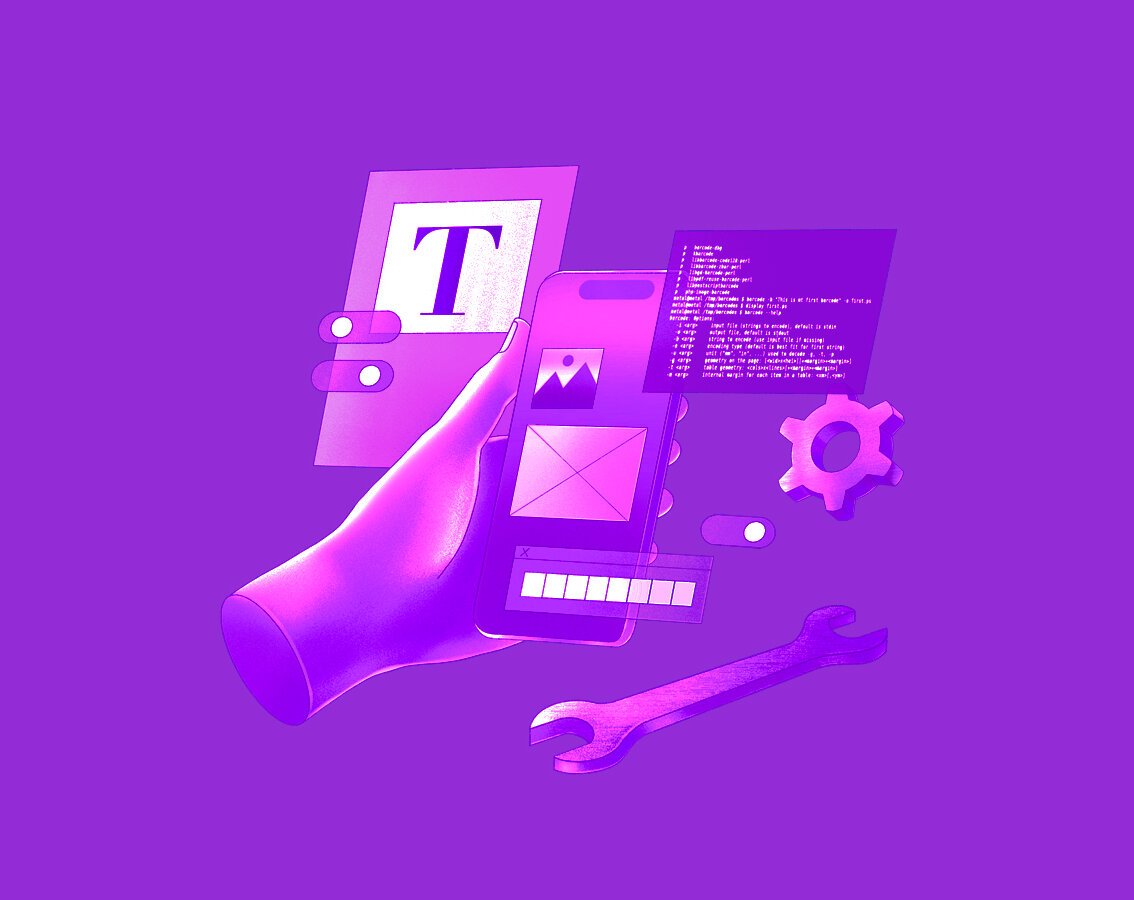blog
Top Mistakes to Avoid When Outsourcing Apps
By Mohan S Business App development June 2, 2025

Outsourcing mobile app development can help you ship faster, cut costs, and tap into specialized talent. But if you're building something mission-critical, or potentially worth $100K+ in engineering time, you can't afford to wing it. Founders and product leads often repeat the same mistakes when outsourcing.
Here's what to avoid if you're serious about building an app that users love and investors respect.
1. Prioritizing Cost Over Capable Engineering
It’s tempting to go with the cheapest quote. But great engineers don’t work for $12/hour, and your product will reflect that. Teams that underquote often rely on boilerplate code, skip QA, or disappear mid-sprint. You end up spending more fixing their work than if you’d hired solid devs in the first place.
Instead: Vet teams like you would a founding engineer. Ask about their system design decisions. Look at GitHub commits. Talk to their PMs. Pay for quality.
2. Vague Requirements = Burned Budget
Saying "We want an Uber for X" without user flows, key screens, or feature breakdowns is asking for confusion. Many outsourcing teams will still say yes (they’re incentivized to). But you’ll burn weeks (and trust) in rework.
Instead: Create a detailed scope of work. Use wireframes, not just feature lists. Clarify what MVP means to you, because their version may include chatbots, while yours just needs booking and payments.
3. Ignoring Time Zone and Communication Sync
Async sounds great until you’re debugging a payments bug and your offshore team is asleep. Misalignments over updates, reviews, and priorities cause silent delays.
Instead: Over-communicate. Use Loom videos. Agree on check-in windows that work for both sides. Favor teams that overlap at least 2–4 hours with your timezone, especially during build-out.
4. Underestimating Project Management Debt
You’re not just outsourcing code, you’re outsourcing PM. If the vendor lacks solid sprint planning, QA processes, or backlog grooming, expect fire drills.
Instead: Ask who owns delivery. Do they use JIRA, Trello, or Notion? Are QA and staging automated? Can they demo staging environments regularly?
5. No Clear Code Ownership or Handoff Plan
Plenty of founders find out too late: the dev shop owns the repo, refuses access, or won’t support a handover. If you can't fire your vendor mid-project, you're trapped.
Instead: Repos should be under your GitHub org from day one. Use contracts that define IP ownership, code portability, and transition clauses. Always be able to walk away.
6. No Real QA Process
Outsourcing QA to the same team building the app is like grading your own exam. Bugs get missed, and usability takes a hit. Most founders only find out when users start emailing.
Instead: Demand separate QA ownership. Use tools like TestRail or automated testing suites. Insist on real devices, not just emulators. Include a budget for proper testing.
7. Not Testing with Real Users Before Build
Founders often assume their app idea is solid and jump straight to code. But real pain points emerge during prototyping and feedback, not post-launch.
Instead: Run no-code MVPs, Figma prototypes, or landing pages to validate interest. Use tools like Maze or PlaybookUX for pre-build user testing. It’ll save thousands in rewrites.
8. One-Way Dependency on the Vendor
If your outsourced team is the only one who understands your app’s codebase, you're now hostage to their availability. This kills flexibility and slows you down.
Instead: Maintain technical documentation. Record architecture walkthroughs. Set up internal knowledge transfer sessions. If you ever want to raise or pivot, this pays off fast.
9. Treating the Vendor Like a Vendor, Not a Partner
Most outsourcing relationships fail because there’s no shared ownership. Vendors “do what you say,” not what the product needs. This leads to mediocre apps and missed opportunities.
Instead: Loop them into business goals. Share user feedback. Ask for suggestions. The best teams act like product collaborators, not code monkeys.
Final Thoughts
If you’re outsourcing app development, treat it like building your tech team, because in effect, you are. Invest time upfront in clarity, alignment, and accountability. Cheap code isn’t just expensive to fix, it can break your product, your roadmap, and your shot at traction.


